How will these resources help you?
Climate change is changing our world and exacerbating climate and weather hazards. The impact of climate change also affects the resilience of communities living under the threat of geomorphological hazards. This list starts with an inspiring handbook aiming to save our planet, then looks at five examples of natural disasters which show why this is so important. UN findings of reduced deaths due to natural hazards despite their increasing rate shows that taking action can make a difference. There is also a resource looking at how people from poorer countries are fighting back. Throughout our reading, we need to keep in mind how ‘natural’ these hazards now are and what the future might hold.
Climate change – what might the future hold?
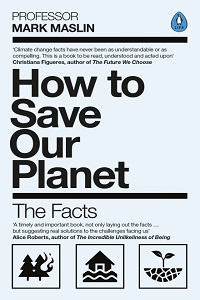
How to Save Our Planet: The Facts
by Mark A. Maslin, published by Penguin Books Ltd, (2021), 9780241472521
Learning about climate change can be overwhelming and upsetting, but Maslin achieves the impressive feat of being clear about the threats we face while presenting this handbook for saving our planet in an optimistic way. Chapter 5 ‘Potential futures – nightmare or ecotopia’ considers a potential nightmare in 2100, when global temperatures have risen by over 4°C and heatwaves are as high as 50°C. This is followed by a description of ecotopia in 2100, with a 1.5°C temperature increase, fossil fuels replaced by renewables, cities linked with electric trains and more people eating vegetable-based diets. Chapter 6 shows ways to work towards ecotopia and chapters 7 and 8 discuss how businesses and governments can make a difference. This is an excellent book to show students how the decisions people make now will shape our future.
What recent disasters tell us about the need for climate action
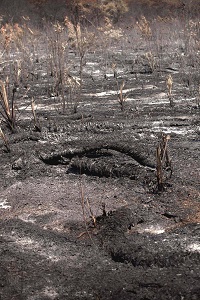
5 natural disasters that beg for climate action
published by Oxfam International, (2021)
Oxfam illustrate the need for climate action through five ‘natural’ disasters: Cyclones Idai and Kenneth (2019), Australian wildfires (2020), East Africa drought (2011, 2017 and 2019), South Asia floods and the Dry Corridor in Central America. These are linked to climate change as ‘simply put, changes in the global climate exacerbate climate hazards and amplify the risk of extreme weather disasters.’ The fact that those living in poverty are hardest hit by climate change despite contributing the least to it is presented as an issue of justice. Exploring these five disasters, considering the likelihood they will continue (or get worse) in the future and thinking about which other areas of the world may fall victim would be an excellent way to help students connect climate change and natural hazards and to consider what the future might hold.
How deaths due to natural hazards are decreasing while the number of disasters surges
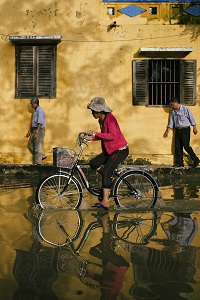
Climate and weather related disasters surge five-fold over 50 years, but early warnings save lives – WMO report
published by United Nations, (2021)
While the number of climate disasters increased between 1970 and 2019, with poorer countries disproportionally affected, this article shows how early warning systems and hazard management has meant the number of deaths has fallen from 50 000 in the 1970s to less than 20 000 in the 2010s. However, economic losses have increased sevenfold. The link between these disasters and climate change is clearly made and the need for adaptation is discussed, with statistics for the climate disasters in different regions of the world. Suggestions for the future include more international cooperation to deal with displaced people, greater investment in disaster risk management and development of policies to deal with slow onset disasters such as droughts.
How are people fighting for their own future?
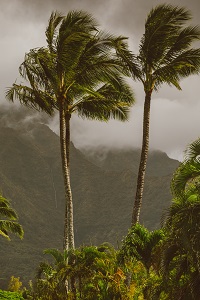
How successfully are people in LICs fighting back against climate change? (PowerPoint)
by Catherine Owen, published by the Geographical Association, (2021)
This resource, with its links to articles and websites and its accompanying quiz, can be used by teachers and their students to explore how people in different areas of the world are being affected by climate change, including increased impacts from natural hazards, and how people are fighting back. It shows that people in poorer countries aren’t passively accepting change, but are taking steps to improve their situation, despite the wealthier countries being by far the greatest contributors to climate change. Examples include mitigation and adaptation, such as using cleaner stoves, raising schools and community halls above the flood level and teaching children first aid and fire safety. The big question is, of course, if this will be enough to allow people to maintain their standard of living in the future.
Audiovisual clip
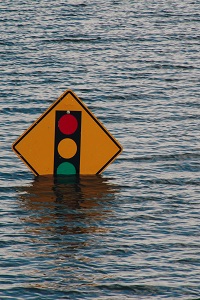
Climate Change: The Facts - Sea level rise
published by BBC, (2019)
Insights into the effects that rising sea levels have on Louisiana inhabitants.
Podcast episode
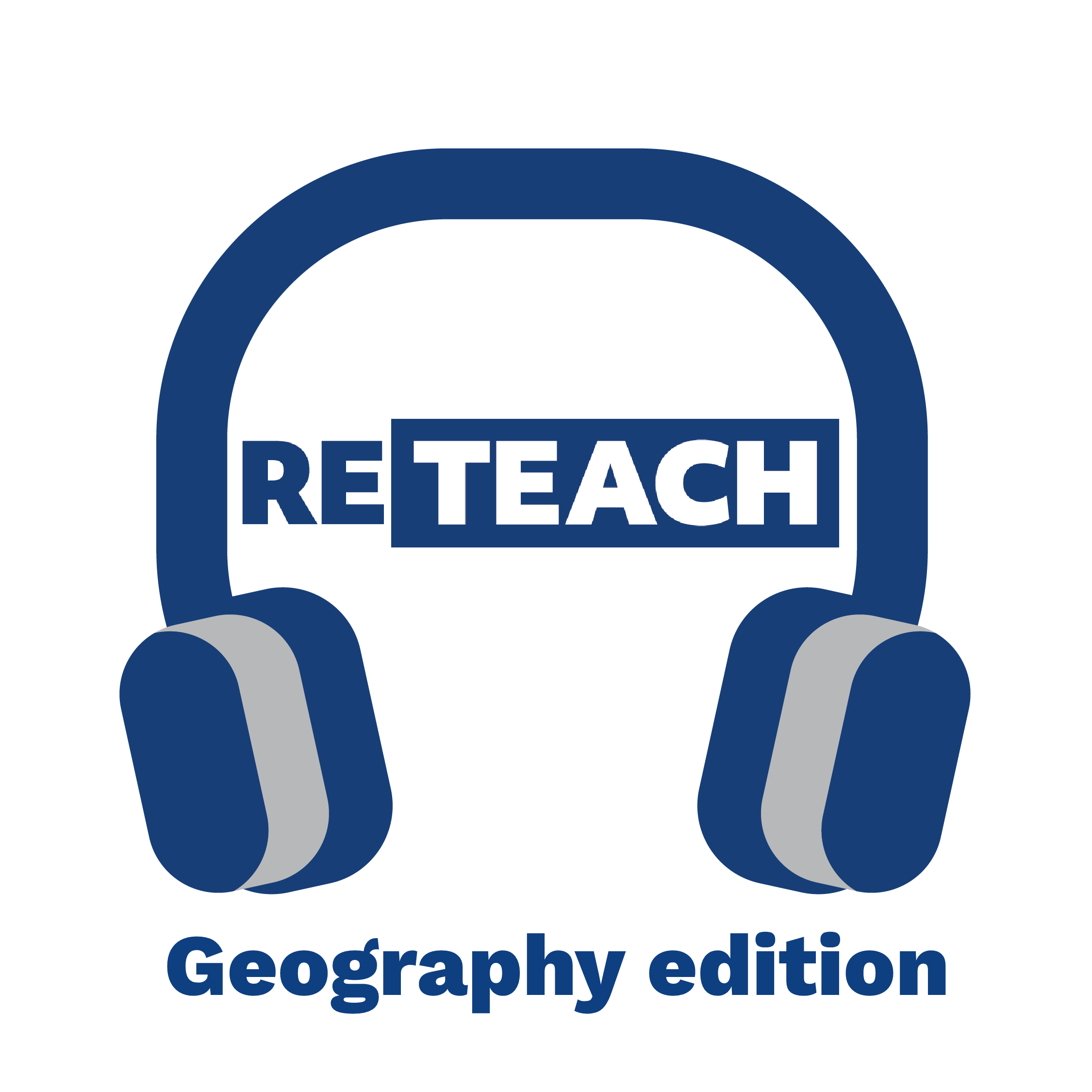
RETEACH GEOGRAPHY - Mark Maslin on Climate Change
(2023)
Dr Mark Maslin and host Kit Marie Rackley address the struggle of communicating the climate crisis in a non-daunting way, to empower students to strive for positive changes and solutions. Dr Maslin also offers practical tips to do so through stimulating critical thinking, forming connections between topics, and using popular tools such as social media to spread awareness and spark conversations.
Further materials
Climate change is global; the only way forward is together by Amir Paracha, published by ProPakistani, (2022)
Read this article
What can data science do about climate change? by Suman Biswas, published by Forbes Technology Council, (2022)
Read this article
Hot Numbers: It's a fact: Human impacts are warming our climate and changing our planet by Esri's StoryMaps Team, published by Esri, (2018)
Access this resource
Catherine Owen is Head of Geography at The King Alfred School an Academy, a CGeog and a Geographical Association Consultant. She writes and presents for OUP, Hodder Geography, Tutor2U and more.
Text © Catherine Owen, 2022-2023
Text © Catherine Owen, 2022-2023



